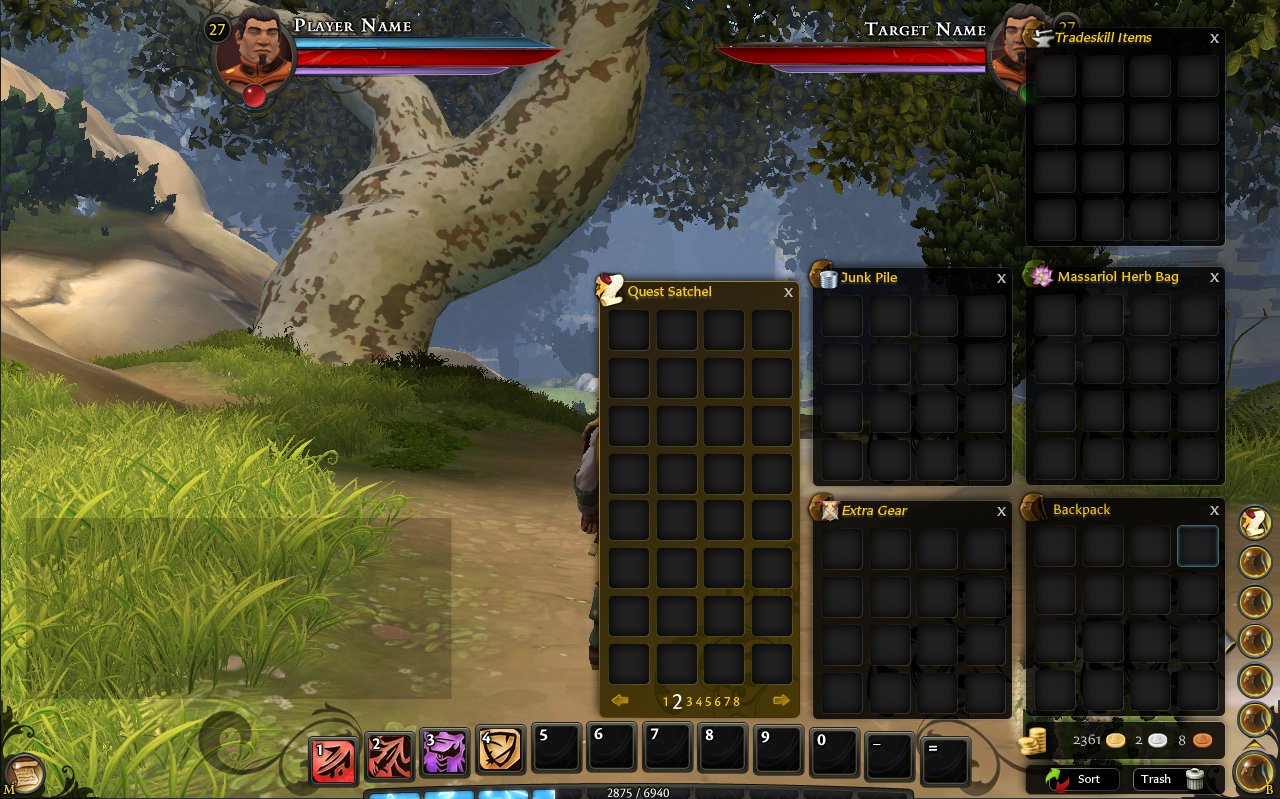The Legend of 38 Studios
The MMO that never came to be, known as Project Copernicus, was meant to be released as "Kingdoms of Amalur.” It was poised to revolutionise the gaming industry. However, it ultimately earned its place in history for different reasons. The project's downfall began with the words, "We're trying to keep the company solvent," uttered by Rhode Island Governor Chaffee, marking the beginning of the end. As development on the highly ambitious MMO neared completion, 38 Studios faced bankruptcy.
The demise of 38 Studios not only brought an end to the project but also extinguished the story of the tremendous efforts of numerous talented individuals spanning over six years. If you were to speak to any member of the development team, they would unanimously affirm that the team itself was legendary, representing an extraordinary assembly of talent united under a single banner.
Each year, former employees of 38 Studios gather to commemorate their past endeavors in Maynard, MA on March 8th, symbolizing the day of closure. On Facebook, they share videos that have emerged from the vaults, now under the possession of the state of Rhode Island.
We write this piece to earnestly highlight the design efforts at 38 Studios, providing never before seen insight into the art style of the game and its evolution.
An early iteration mock up of Character Create that set the tone and direction for the interface for Copernicus. This screen is layered as a billboarded-but-animated backdrop (a fairly common trope now), with a 3D model and UI on top (driven by Scaleform.)
Team lead Irena came from a background at ActiVision Blizzard, and her primary goal with any MMO UI was to always simplify. However, the nature of an MMO character is in reality, a translated persona or avatar for the player. With the amount of investment per player required to participate and engage with our world, there needed to be emotional investment from the players to rightfully anchor them. Whether they aimed to be creative or to be reflective of themselves - we needed to provide customization.
This experience was to be a marquee moment for new players - one that should help reinforce their ownership in the character they create. This mechanism is present in all role-playing games - and appeals to certain personalities (particularly if they're prone to escapism or avoidance of real life) more than others.
This secondary (optional) screen looks more traditionally like an MMO screen with an abundance of options. I was limited by our screen resolution, and pushed by the number of options the design team wanted represented.
Art Style
The art style of the UI came to life in mocking up this experience. The choice became clear to avoid the skeuomorphism that plagued the MMO scene and try a more modern, typographically driven approach.
The team decided on a stylised button, an interaction font and a sans serif display font. These choices would carry through the rest of the game and into our marketing and branding.
The Art Style and her Evolution
When we brought on our new graphic artist, he shifted the art style toward more traditional medieval fantasy. Despite this, we made sure to sustain our unique stylistic approaches to help distinguish and set the tone for our version of fantasy.
Videos
Amalur was one of the most incredible worlds built for any game, let alone an MMO. Watch through this fly-through to see the brilliance of our environment artists.
Though the game never released, our trailer test was leaked before we were shut down.


